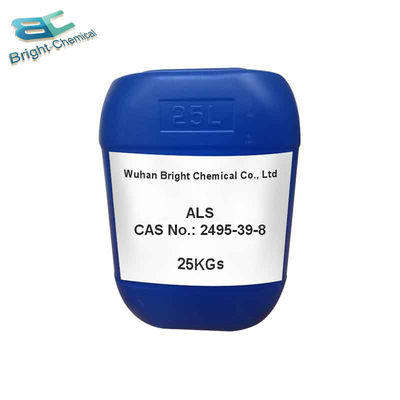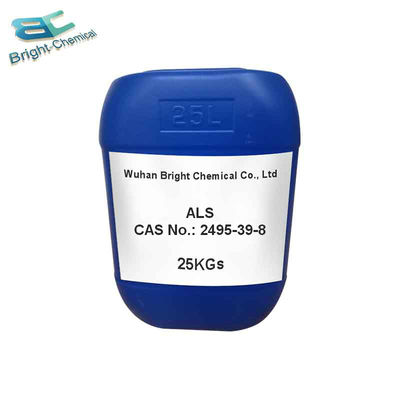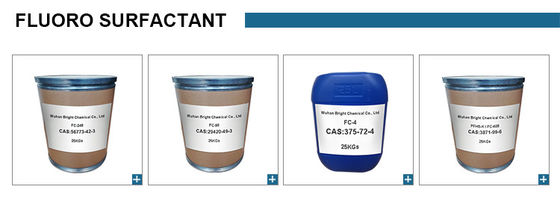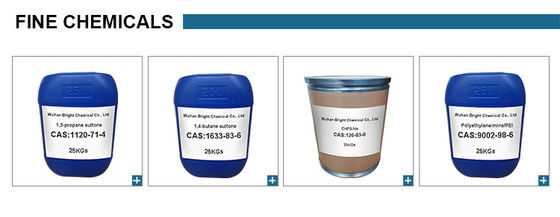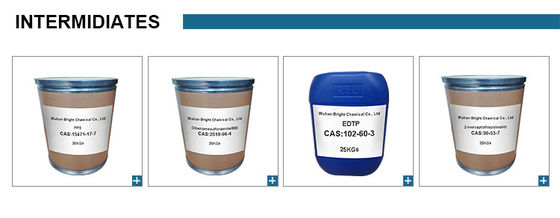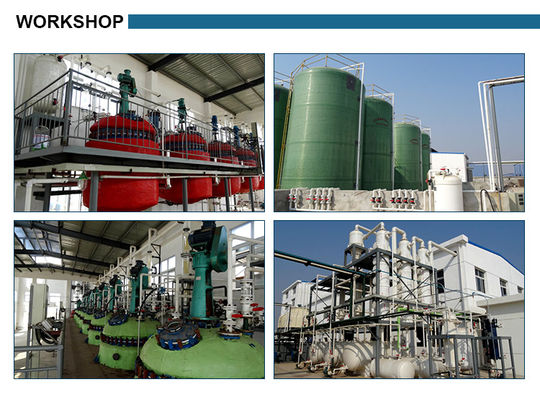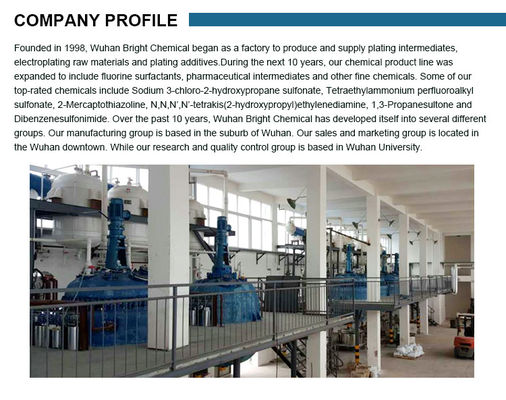|
|
Non-Cyanide Zinc Plating Chemical BTZN-H100 For Versatile Plating Applications
|
|
Product Details:
Payment & Shipping Terms:
|
| Type: | Non-cyande Zinc Plating Agent | Port: | Shanghai, China |
|---|---|---|---|
| Highlight: | Non-Cyanide Zinc Plating Chemical,Zinc Plating Chemical BTZN-H100 |
||
Non-cyanide Zinc Plating Agent BTZN-H100 for Versatile Plating Applications
BTZN-H100 Zincate Zinc Plating Agent
1,Specifications
(1)High efficient on Cathode current density
(2)Fast brightening and deposition speed
(3)Non-scorch on high current
(4)Compact deposit
(5)Perfect deep plating and uniformity
(6)Easy operation
(7)30% app. lower cost than DE
(8)Non-corrosion mist
(9)Excellent stable agent
(10)Suitable for low-chrome passivation
(11)Lower production cost
(12)Heat tolerance up to reach 58℃
2,Composition & Conditions
|
Composition |
Range |
Perfect |
|
Sodium hydroxide(NaOH) |
100—150g/L |
120 g/L |
|
Zinc oxide(ZnO) |
7.0—15g/L |
10 g/L |
|
BTZN-100A Main Brightener |
8—12ml/L |
10 ml/L |
|
BTZN-100B Auxiliary Agent |
4—6ml/L |
5 ml/L |
|
SASK Current Density |
Rack 1—3 A/dm2 Barrel 0.5—1.5 A/dm2 |
Rack 2 A/dm2 Barrel 1 A/dm2 |
|
DK Voltage |
Rack 3—6V Barrel 10-12V |
Rack 5V Barrel 11 V |
|
SA Ratio (Anode:Cathode) |
1:1 - 2:1 |
1:1 - 2:1 |
3,Concentrations & Conditions
(1)Add 1/3 tankage of water
(2)Add Alkaline-in-need, then agitate fully to dissolve.
(3)Add pasted ZnO slowly into heat Alkaline solution, agitate until its clear
(4)Add water to its operating level
(5)Electrolysis for 8-12h in low current.
(6)Add 10ml/L water regulator BTZN-100C if need, agitate evenly then continually filtrate.
(7)Add BTZN-100A and BTZN-100B, agitate evenly then start to pre-plating
4,Production Maintenance
Suggest users to make a independent Zinc resolved tank. Put Zinc anode (purity 99.99%) into strong NaOH for reaction. Get Na2ZnO2 then analyze to supplement.
5,Brighteners Specifications & Replenishments
(1)BTZN-100A Main Agent
Mainly use as brighteners, ensure its level and bright even in high current density. Excellent covering and uniform plating skill against burn and porosity. Reduce interior stress as well. Normal consumption 100-150ml/KAH.
(2)BTZN-100B Auxiliary Agent
Match main agent to reach a fully bright, enhance uniform plating and heat resistance skill, reduce bad effect caused by metal contaminations.
6,Composition Analysis
Preparation: Take a sample in uniform mixture. Cool down to room temperature. If muddy, set then decant or filtrate.
(1)Zinc
Reagent: 0.1N EDTA, buffer solution of 100g/L NaOH, 240ml/L 98% HAC dissolved in purified water
Indicator: Glycine, the 1% mixture with KNO3
Steps: Take 5ml to a 250ml conical flask, add above 100ml deionized water, 20ml buffer solution and 1spoon indicator, titrate with 0.1N EDTA until red brown to yellow.
Convention: Consumption ml x 1.3078 = Zn g/L
(2)NaOH
Reagent: 1N H2SO4
Indictor: 1% indicator, 10% BaCl2, 0.1N EDTA
Steps: Take 5ml to a 250ml conical flask, add above 100ml deionized water, 0.1N EDTA, 20ml 10% BaCl2, shake evenly, then add 5-drop indicator, titrate with 1N H2SO4 until pink to clear.
Convention: Consumption ml x 8.0 = NaOH g/L
(3)Na2CO3
Reagent: 5% Ba(NO3)2, 1N HCl, 1N NaOH
Indicator: 0.04% HIn
Steps: Take 10ml to a 250ml conical flask, add 50ml deionized water to heat, then with 75ml BaCl2. Filtrate with filter paper after precipitating and demixing. Wash rinse with heat deionized water. Circle filter paper into 250ml conical flask, add 100ml deionized water, 20ml 1N HCl, then heat for a while. Cool down then add 3-drop indicator, titrate with 1N NaOH until red to orange.
Convention: (20 – Consumption ml) x 5.3 = Na2CO3 g/L
![]()
Contact Person: Emily Chan
Tel: 86-0-13006369714
-
99% Liquid Polyethylenimine Mw 300 CAS 25987-06-8 Brightening Solution EPOMIN
-
A Low Foaming Anionic Surfactant RALUFON EA 15-90 Bright Chemicals
-
75% Liquid Ralufon NAPE14-90 Cas 120478-49-1 Anionic Surfactant For Zinc Plating
-
Corrosion Inhibitor Basocorr PP CAS 38172-91-7 Alkoxylate Of Propargyl Alcohol
-
Superior Electroplating Chemicals RALUFON EA 15-90 For Zinc Plating
-
Purity 34% 48% Zinc Brightener Additive BPC N-Benzylniacin CAS 15990-43-9



